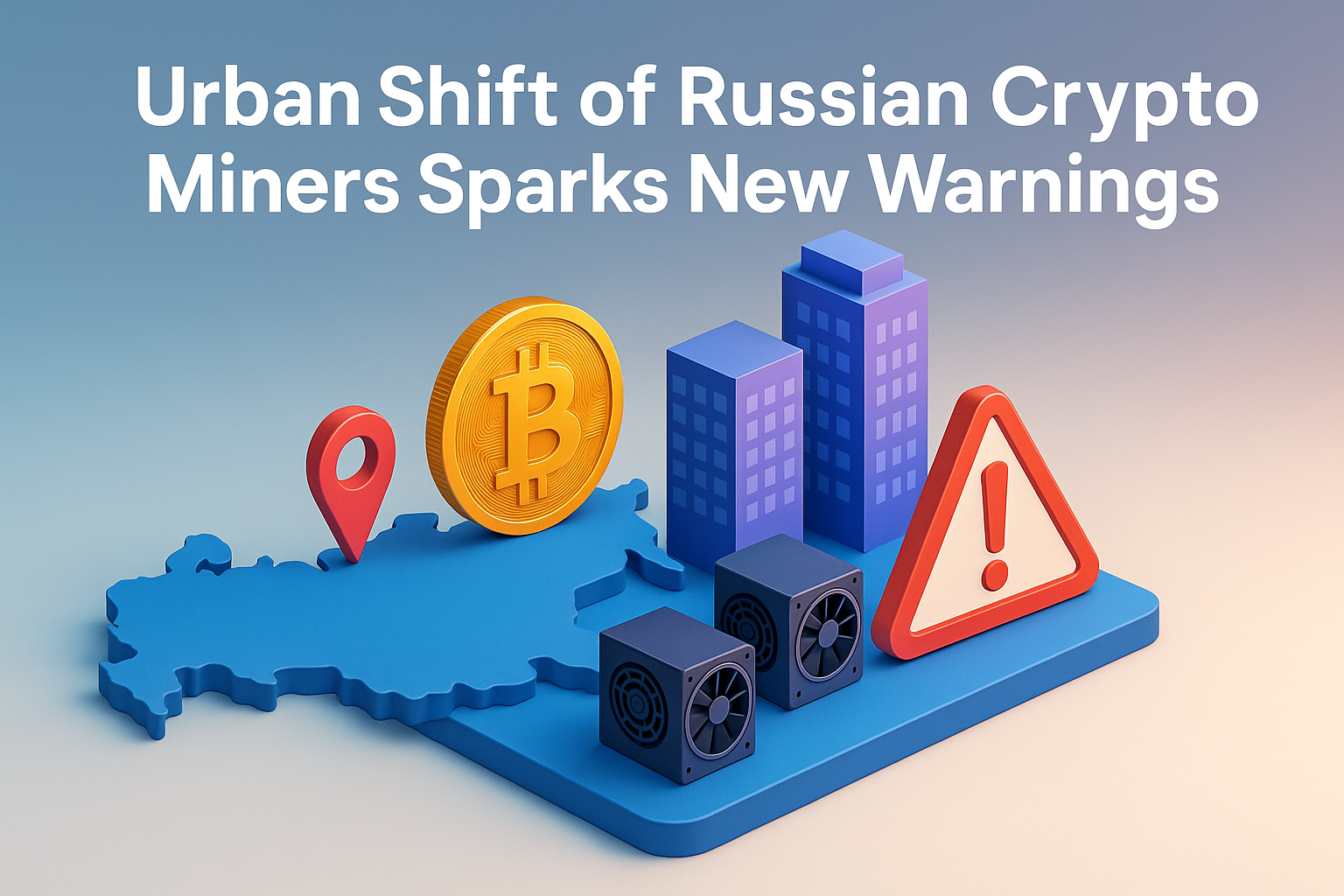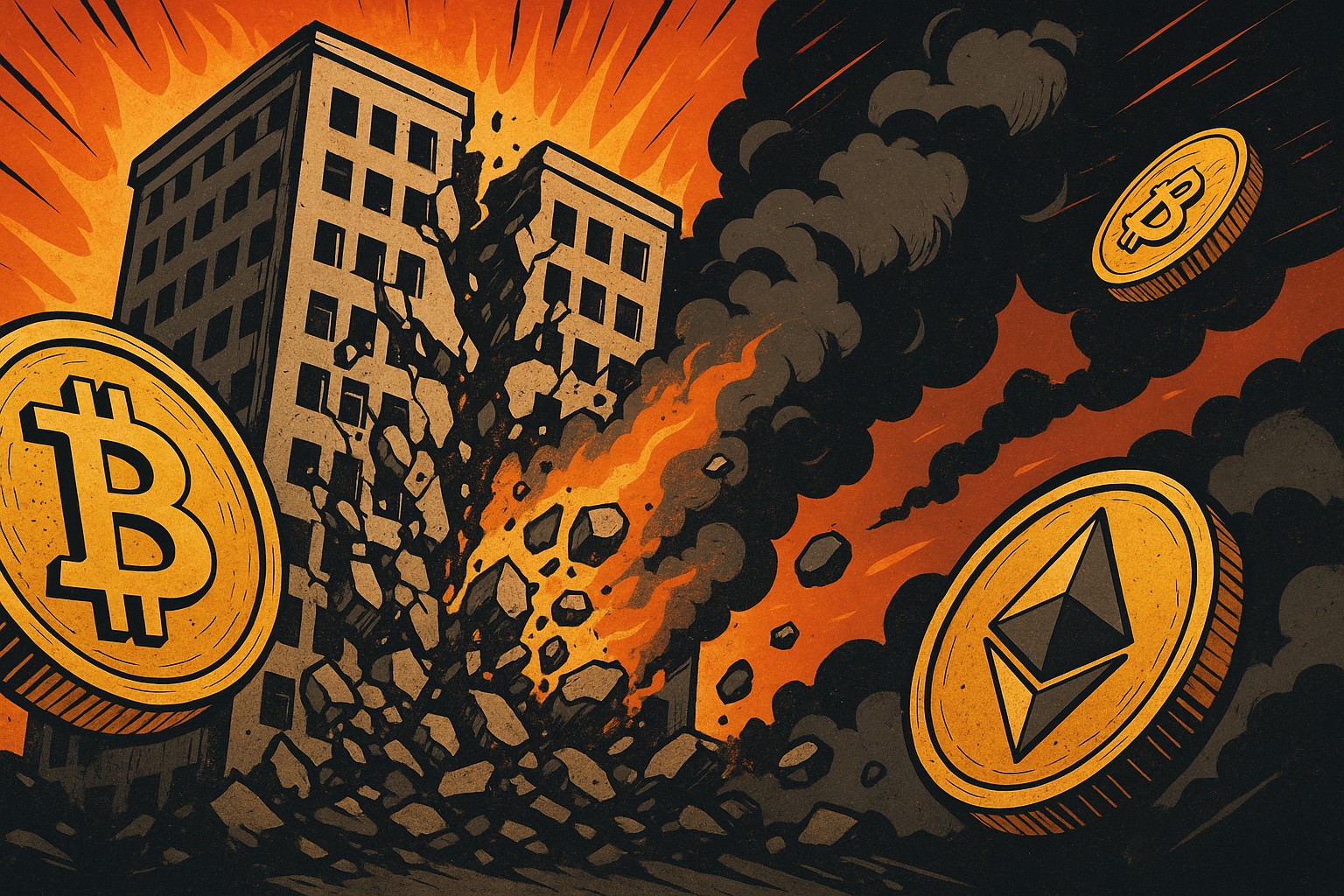Russia’s crypto mining industry is entering a new phase of transition. For years, regions such as Siberia and the North Caucasus were the preferred destinations, offering abundant electricity and low costs. However, these advantages are quickly fading.
Today, Moscow and the Moscow Oblast dominate hardware demand, making up almost 22% of total rig purchases. Meanwhile, Siberia’s once-thriving Irkutsk has fallen to just 7%, signaling a dramatic decline and a significant turning point in the nation’s mining geography.
Why Miners Are Relocating
Multiple factors are driving the move from remote hubs to urban centers.
- Energy Shortages
Remote regions now suffer from power deficits and grid overload risks, preventing further expansion. - Legal and Regulatory Shifts
Industrial mining was officially legalized in 2024, triggering a surge in demand. Yet by early 2025, enthusiasm had cooled, and a market correction followed. Regions such as Irkutsk have since imposed tighter restrictions, leaving miners with limited room to operate. - Seeking Long-Term Stability
Large cities promise more reliable energy supplies, stronger infrastructure, and better legal protections, making them a safer option despite higher expenses.
Urban Centers Taking the Lead
The strongest growth in crypto mining activity is concentrated in:
- Moscow & Moscow Oblast – Leading demand for new mining rigs.
- St. Petersburg & Leningrad Region – Emerging as a prominent hub.
- Krasnodar Krai – Attractive due to its infrastructure and population density.
These regions reflect a clear shift toward more centralized, regulated, and infrastructure-ready environments.
New Barriers in City Relocation
While cities provide stability, they also bring new obstacles for miners.
- Noise Pollution and Public Backlash
In sparsely populated areas, mining noise often went unnoticed. In urban settings, however, the constant hum of turbines has sparked protests. In Kiritsy (Ryazan Region), residents have reported sleep disturbances, headaches, and hearing issues linked to nonstop noise. - Increased Oversight
Regulatory bodies such as Rospotrebnadzor have intervened, ordering temporary shutdowns and requiring the installation of noise-control equipment. - Strain on Power Grids
Urban grids are already under heavy demand. Mining operations risk overloading systems, leading to blackouts and competition with residential and commercial users for stable power.
Implications for the Future
The migration of Russian crypto miners to urban areas carries significant consequences:
- Profitability vs. Regulation – Licensing, compliance, and noise reduction costs will shrink profit margins.
- Higher Operating Costs – Both property prices and electricity rates in cities far exceed those in rural hubs.
- Community Concerns – Health and environmental complaints are likely to fuel tighter rules.
- Industry Restructuring – Smaller miners may be forced out, leaving room for larger, well-funded operators.
Conclusion
The movement of Russian crypto miners into big urban areas highlights an industry in transition. Regions that once thrived on cheap electricity and loose oversight are now limited by regulations and energy shortages. Urban centers may offer greater infrastructure and long-term stability, but they also introduce challenges — from noise and community resistance to regulatory and power grid pressure.
For the sector to survive and remain competitive, miners must adapt. That means investing in modern facilities, prioritizing compliance, and building cooperative relationships with both authorities and local residents. Only by striking a balance between profitability, regulation, and public acceptance can Russia’s crypto mining industry continue to grow in a sustainable way.



